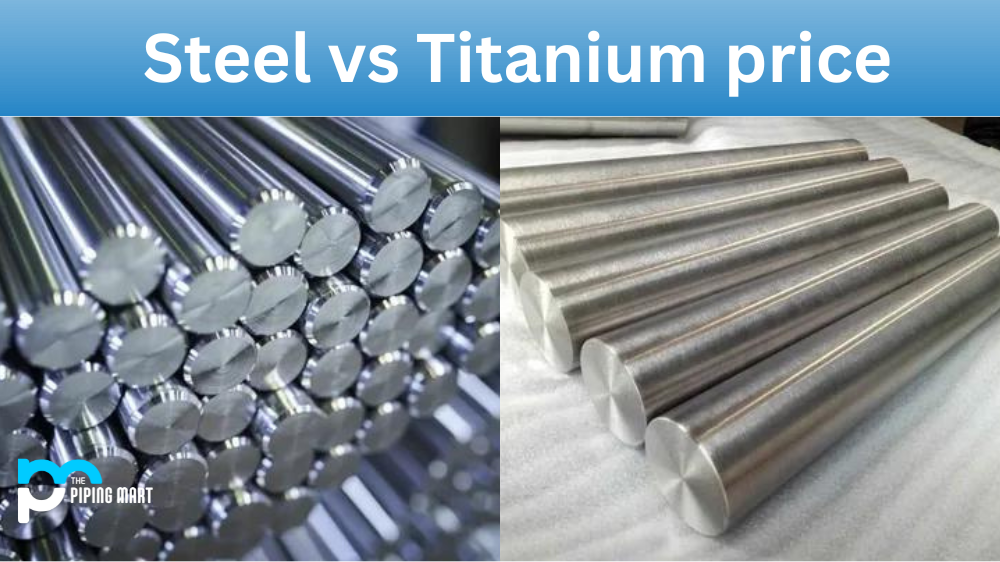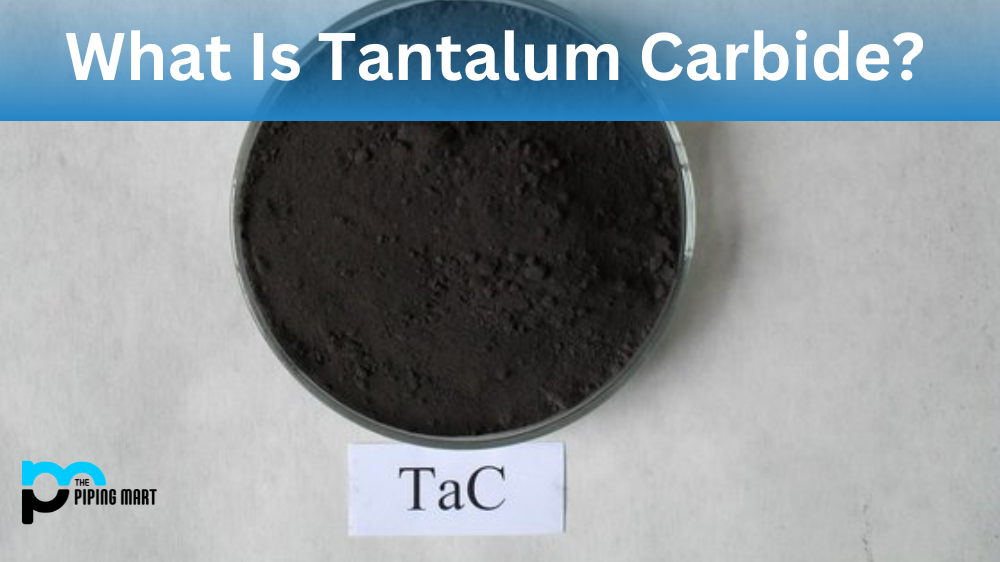Aluminium is a popular choice of metal for many applications due to its lightweight nature, durability, and versatility. However, there are a few different types of aluminum that you should be aware of before making your choice. In this article, we’ll take a look at the differences between two popular types of aluminum – 6060 and 6063 – to help you decide which one is best for your project.
What Is Aluminium 6060?
Aluminium 6060 is an alloy that contains small amounts of magnesium and silicon. This makes it the perfect material for applications where strength and corrosion resistance are important factors. Additionally, it is easy to work with because it can be easily formed and machined into different shapes. It also has excellent weldability properties, making it ideal for structural components or parts that require welding. Lastly, aluminum 6060 has good thermal conductivity, so it works well in heat transfer applications.
What Is Aluminium 6063?
Aluminium 6063 is an alloy that contains small amounts of manganese and chromium. This makes it more suitable for applications where strength isn’t as important, but corrosion resistance is important such as outdoor uses or architectural elements like window frames or door frames. Additionally, aluminum 6063 has better workability than aluminum 6060 because it can be easily extruded into complex shapes without compromising its strength or integrity. It also has excellent thermal conductivity, so it can be used in heat transfer applications as well as electrical conductivity applications like wiring or circuit boards.
Difference Between Aluminium 6060 and 6063
Aluminum 6060 and 6063 are two popular alloys of aluminum that have distinct differences. Aluminum 6060 is known to be stronger than 6063, and is also slightly harder, making it ideal for applications where strength and durability are important, such as in the construction of window frames and door frames. In contrast, Aluminum 6063 is softer, making it more malleable. This allows it to be extruded into complex shapes with ease when producing architectural components for the likes of railings and facades. Additionally, Aluminum 6063 advantages include higher corrosion resistance compared to Aluminum 6060 due to its lower magnesium content. Therefore, choosing between these two aluminum alloys can depend on the intended usage: if strength and durability are required, then Aluminum 6060 is the preferred option; otherwise, Aluminum 6063 may better suit your needs.
- Aluminium 2014 is a soft metal that is easy to weld.
- Aluminium 6061 is a hard metal that is difficult to weld.
- Aluminium 2014 has a lower melting point than 6061.
- Aluminium 6061 has a higher melting point than 2014.
- Aluminium 2014 is more ductile than 6061.
- Aluminium 6061 is less ductile than 2014.
Conclusion:
In conclusion, both aluminium 6060 and 6063 have their own unique benefits depending on your application needs. If your application requires good strength and corrosion resistance, then aluminium 6060 may be the right choice for you. However, if you need something with better workability or electrical conductivity properties, then aluminum 6063 might be the better option for you. Ultimately, choosing between these two alloys comes down to understanding what type of application will best suit your needs, so make sure to do your research before making a decision!

Pipingmart is a B2B portal that specializes in metal, industrial and piping items. Additionally, we share the latest information and information about materials, products and various types of grades to assist businesses that are involved in this business.




